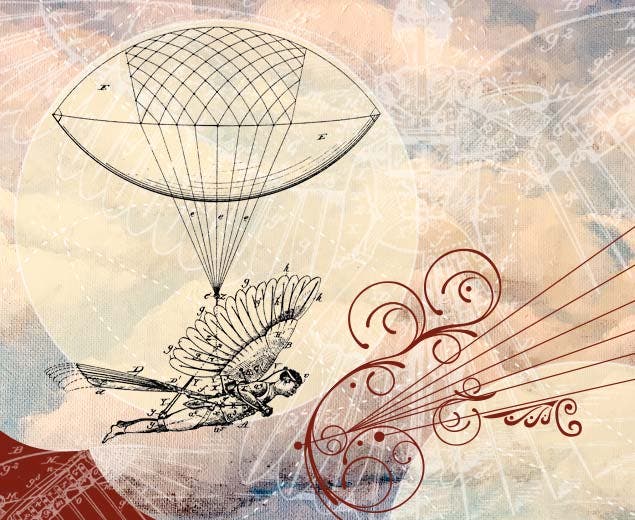
Flying Machines
Patent Wars
Wing Warping
The Wright brothers’ wing warping invention from their 1902 glider include an elevator (31) and a moveable rudder (22) that enabled a pilot to control roll (up and down movement of the wings), pitch (up and down movement of the aircraft’s nose), and yaw (side- to-side movement of the nose). This three-axis control proved to be the key innovation that made controlled, sustained flight possible. Between 1909 and 1917, Orville and Wilbur filed multiple lawsuits against other aircraft manufacturers who, they felt, had infringed upon their patent. The court battles were expensive, time consuming, and led to public feuds between the Wrights and aviation pioneer Glenn Curtiss and the Smithsonian Institution.
Wright Brothers v. Curtiss
Glenn Curtiss gained national attention in 1908 when he piloted the June Bug, a plane he designed while working with Alexander Graham Bell’s Aerial Experiment Association (AEA) to win the Scientific American Trophy prize on July 4, 1908. Curtiss became the first American to fly an airplane at least one kilometer in the presence of judges. Following the dissolution of the AEA, Curtiss formed his own airplane company in 1909 and quickly found himself the target of a Wright brothers’ patent infringement lawsuit.
Court Battles
The Wrights argued that Curtiss infringed on their wing warping patent with the use of small, triangular flaps, or ailerons, placed at the end of wings to help control and steer his airplanes. After a lengthy legal battle, the courts sided with the Wright brothers, stating that their wing warping patent was a “pioneer” innovation rather than an improvement on an existing invention. This meant that, although Curtiss’s ailerons were built and controlled differently that the Wright’s wing warping mechanism, it was the principle of how to control an aircraft described in the Wright’s patent that was infringed upon.
